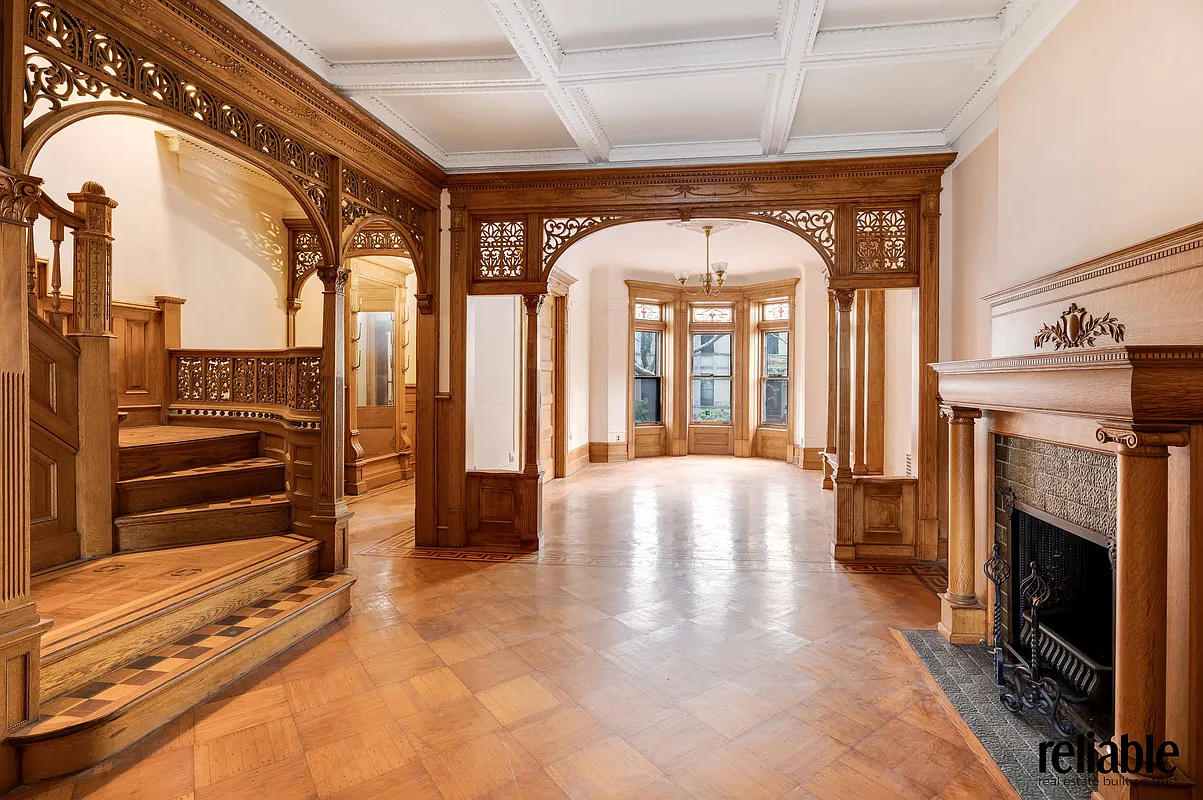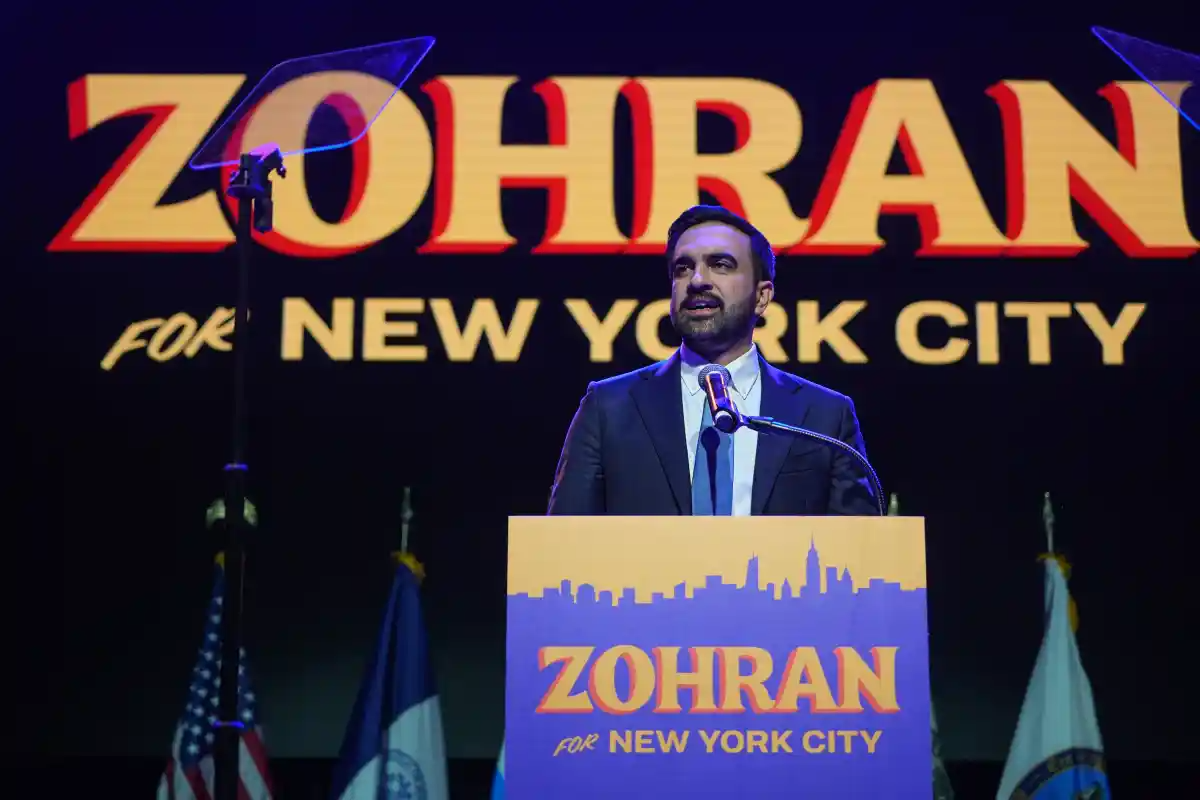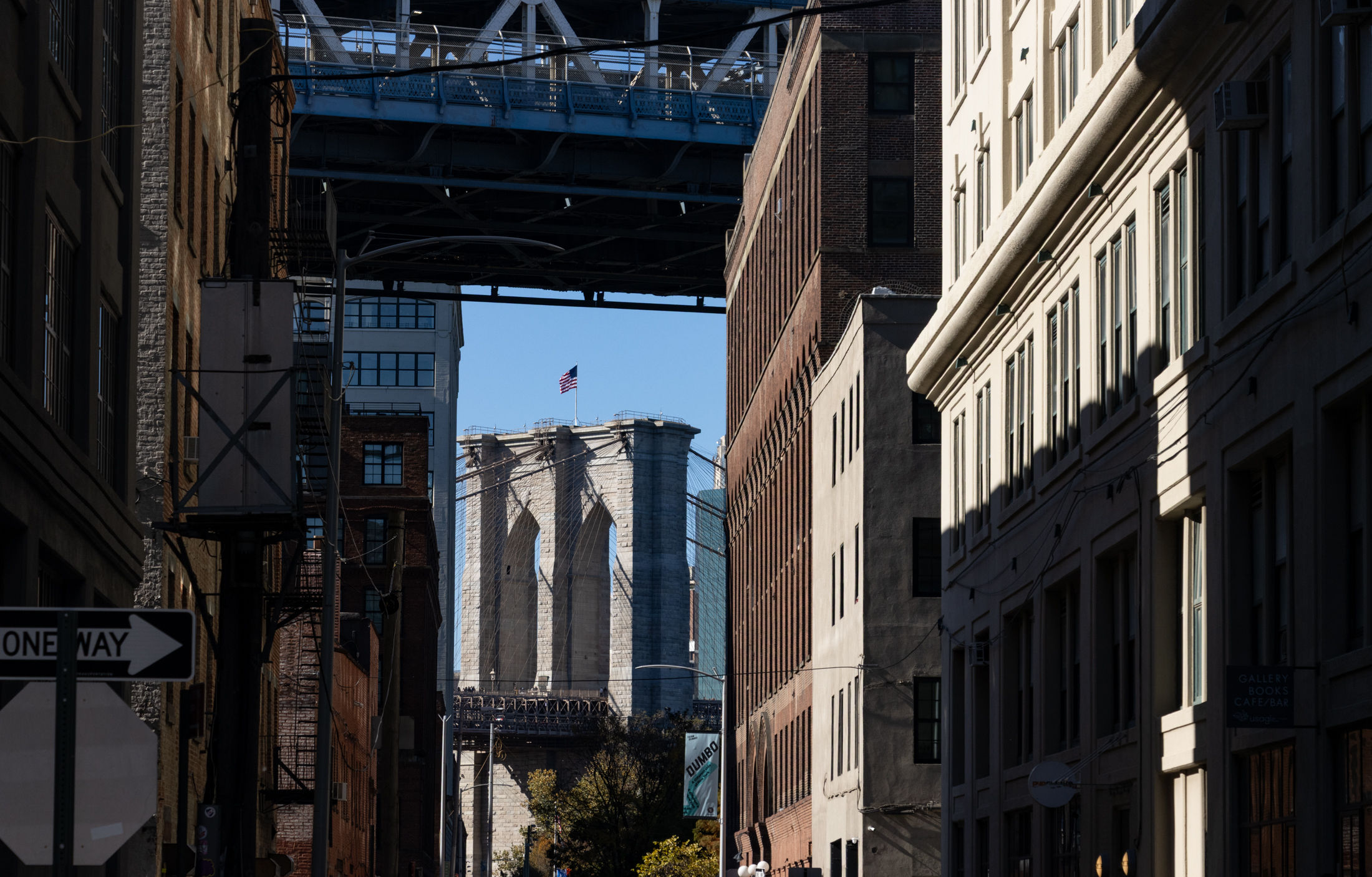And the Discussion on the Future of Suburbia Continues
On the Times’ Freakonomics blog, leading urban theorists are debating what we’ve been talking about around here lately: the future of suburbia. The “smart people” they gathered to pontificate include James Kunstler, Thomas Antus, Jan Brueckner, Gary Gates, John Archer, Alan Berube and Lawrence Levy, who offered these predictions: The suburbs have three destinies, none…


On the Times’ Freakonomics blog, leading urban theorists are debating what we’ve been talking about around here lately: the future of suburbia. The “smart people” they gathered to pontificate include James Kunstler, Thomas Antus, Jan Brueckner, Gary Gates, John Archer, Alan Berube and Lawrence Levy, who offered these predictions: The suburbs have three destinies, none of them exclusive: as materials salvage, as slums, and as ruins. Or: If [gentrification] continues in a significant way, large numbers of suburban households looking for urban stimulation may end up switching places with minority central-city dwellers, stirring the ethnic pot in both places. Or, this vision: Suburbia will be flexible, it will be smarter, and it will be hybrid. So which is it?
What Is the Future of Suburbia? [Freakonomics Blog]
Suburbia. Photo by Stacy Magallon.





MM – I think you are misunderstanding what I am saying – I am not saying abandon Country Towns or let them rot – but I think Benson hit on some of the Govt programs that help promote a lifestyle at a cost below what it ‘really’ costs society to maintain.
If someone has a job and a car and can live in a Colonial Home 40 mi from the nearest store – so be it – just dont give a tax deduction, subsidy or bonus for doing so – and certainly do not spend precious resources on Economic Development Plans in regions/areas that really arent sustainable (see the billions wasted on ‘upstate’ economy)
Essentially everyone here wants “organic development” – and certainly in places that are ideal for future growth – we should let ‘organic’ development take place and not subsidise unsustainable development.
I drive a non-hybrid Honda Civic to work that gets 35MPG on the highway. If every person drove a Honda Civic or simlar car to work and around town instead of a 2-ton SUV, I suspect the price of oil and gasoline would plummet. Unfortunately, the car marketers have done a great job convincing people that it is unsafe to drive an ordinary automobile. Not to mention the lack of status.
Frsq, by the same token, having the Gov’ment purposefully abandon the care of roads, or other infrastructure, for the sake of vague “sustainable” goal is short sighted and means operating with blinders on. Those roads not only take Joe Country to his Colonial, they also take his kids to school, transport everything to everywhere, support emergency vehicles, and provide a way for people to go anywhere. Like it or not, life in the country means driving a lot, for everyone. What we need are more fuel efficient vehicles, alternative energy vehicles smaller, more efficient trucks and service vehicles. People may drive less, but they will still need to drive. No one, especially any kind of government agency or mandate, is going to easily change the way people have to get around. When your town or home is miles from the nearest grocery store, or your kid is half an hour’s school bus ride from the school, non-existant public transportation is not an option. Somebody is going to have to drive. This is far different from suburbia. They don’t call it “the country” for nothing.
On top of that, these communities and the people living in them are not living some nostalgic Colonial Williamsburg type theme park life. They have jobs, careers, kids to raise and they pay taxes to have local and federal gov’t programs to keep the roads paved and plowed. Why should they be made to feel that they are some kind of nostalgia exhibit? That is so condescending and just wrong. If anything, many are living the “green” life we city folk aspire to, and pay good money to emulate.
fsrq…SF has buses along that route. Buses do not have the allure that the streetcars do. 10-15 years ago nobody wanted to board a bus in that downtown SF area…most still don’t because of SF’s ridiculous homeless problem.
It was marketing that did the trick!!!
Two of the towns you mentioned in response to MM are large university towns. Nothing more sustainable than a state university, county seat or other such infrastructure based on public funds.
Small towns need creative leadership in order to reinvent themselves as a tourist attraction. It has been done over and over throughout the country….Carpinteria Avocado festival, Gilroy Garlic Festival!!!
“really, how?”
You are kidding me.
“I think the variety of life offered by urban, suburban and country life is necessary to a strong country, as well as to our historic ability to find life where we choose, and make the most of it. Too much planning and overthinking is not going to change that for most people.”
Montrose,
I heartily agree. One thing I will say, however, is that while the suburbs are the choice for a good number of people, they are also the product of a heavy subidies from the federal government in particular:
-the post WWII GI Bill
-the mortgage deduction
-highway construction funding
You also spoke about the death of small-town America and the small companies that used to provide employment there. I think some of this is also the product of our federal income tax code. In the past, big companies could lure employees with the promise of low-cost health insurance, which was a tax deduction to them. A small concern has trouble offering such a benefit.
Let communities develop organically, in accordance with a number of factors that folks have to consider: economics, what they perceive to be an enjoyable life, commuting time, etc. The federal government should not tilt the playing field in favor of one over the other, as they did in the past. Moreover, it was the mis-guided policies of the past that dumped and warehoused the poor in the central cities.
Well put Montrose. Further, as Agnostic Fart (love the name) pointed out there are well to do areas in the burbs as well as those that are not so financially blessed. Same as we have here in the city.
These theories while interesting, are much too “all or nothing” to be considered a realistic fore-shadowing of the future.
“production of the electricty they [buses] use can be near-eliminated at source.”
Really how?
Besides – using hybrid and/or Natural Gas Buses eliminates so much pollution that the marginal benefit of ‘near-zero’ electric is hardly worth the BILLIONS it will cost to get the rights-of-way, lay the track and build the infrastructure to operate Streetcars.
cities in the south look like the suburbs around here apart from a central few blocks with some tall buildings. I lived a mile from the downtown area of Raleigh, NC before moving the brooklyn and the house I lived in had a small yard and was around 2000 sqf. It was definetly not a white neighborhood though regardless of how suburban it looked.